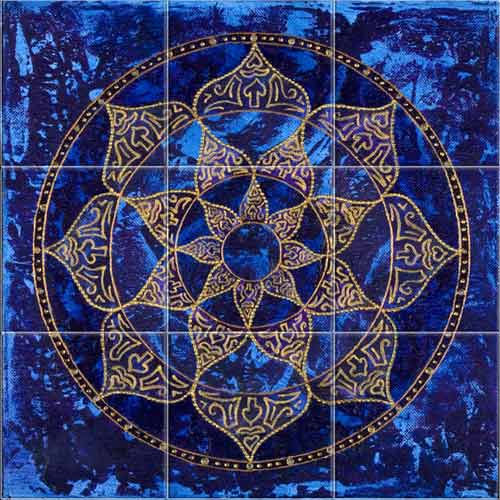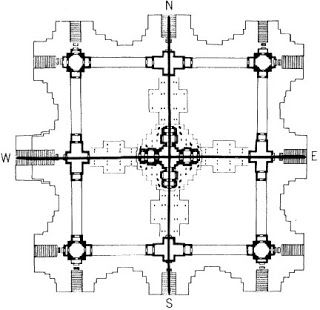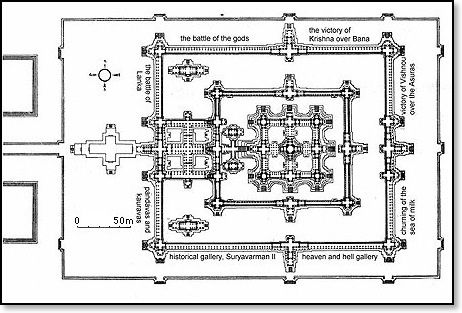What is mandala?
- Sanatan Cosmos

- Nov 17, 2019
- 2 min read

Manadala is a sanskrit word meaning "circle" and is an important spiritual symbol of Hindus, Jains & Buddhists. This is a geometric diagram typically with a circle and a center. This symbol is metaphorically a representation of cosmsos. Not only that, it also represents the foundation structure of life and death. The circle represents the wholeness of any circular planet. The origin is from Hinduism. Each mandala is a mandala in and itself
This pattern can be found in all over India and South East Asia. Physics, chemistry, geology, astronomy, biology.
In astronomy, mandal represents the position of planets in regards to a specific planets. In Hinduism there are different mandalas like surya mandal (sun) or chandra mandala (moon).
In chemistry, this represents the structure of atoms with evenly balancing electrons, protons and neutrons.
The psychological expression of mandala is totality of the self. It is believed that anything coming into existence of this mandala corresponds to the inner experience at the time. The center of the mandala is the starting of a person's journey to wisdom, enlightenment and knowledge. If humans can harness the Atman (soul/ self) then they walk towards living a fulfilling life. Often it is seen that people focus on mandalas during meditation to generate energy within. There is no restriction on making these patterns by color, sketching or even with sand.
A basic research in physiology and child development shows that the circle is the basic creation of personal identity by the universe. Studies shows that an infant child loves observing and drawing curved lines rather straight. As they grow up, they start sketching out umbrellas, sun, flower etc. Circles are child's art.

When we create mandalas as adults, we connect to our inner child. Arguably, to the basic form of Atman (soul). It provides us a sense to who we are. Mandala art is significant in Eastern cultures.
Hinduism is the origin of mandalas. Manadalas were first described in Tantrik texts and Rigvedas. From the earliest times, people use it for meditation and producing energy by Abhishekam. In Hindu tradition, this is defined as the center of all universes stated in Taitti-rīya Samhitā and Baudhāyana Śulvaśāstra. Other designs includes wheels, circle, triangle and squares. The square mandala has it's own importance in meditation.
In Vastu shastra (study of Architecture) mandala plays a significant role in designing spaces. The biggest example is Angakor wat temple in Combodia.



These mandalas in vastu shastra are precise geometry consisting of mathematical and diagrammatic basis of design. The 12 strokes of the mandal is a conceptual representing plan view of Angakor temple. Most of the ancient technology of India is dependent on Mandalas.






Comments